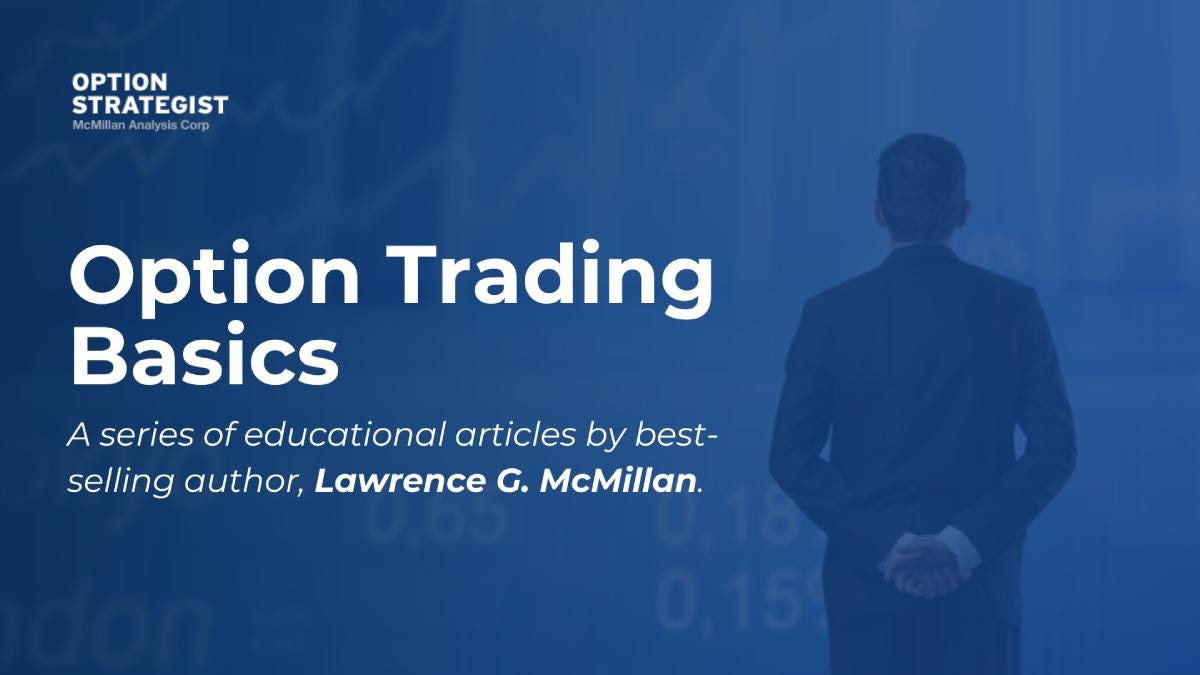Option Basics: Option Trading Procedures
From Phone Calls to Trading Platforms: How Option Orders Are Placed and Executed
In our last article, The History of Listed Options, we traced the evolution of the market from its over-the-counter beginnings to the launch of the Chicago Board Options Exchange in 1973. With the foundation of listed trading established, it is natural to now turn to the practical side: how option trades are actually placed and executed. From the early days of calling a broker on the phone, to today’s seamless online platforms with real-time analytics and instant order entry, the mechanics of trading have undergone dramatic change. Understanding these procedures—both past and present—helps explain how options became accessible to a wide range of traders and why precision in placing orders remains just as important now as it was in the pits.
Listed options can be bought and sold whenever the exchange is open. This flexibility is the biggest advantage to trading listed options (as opposed to the older style over-the-counter contracts), and it explains much of the success the option exchanges have enjoyed. Thus, if you buy an option in the morning, expecting the market to go higher, but then change your mind in the afternoon, you are perfectly free to go back into the market and sell your option.
The concepts of open interest are familiar to futures traders, but not necessarily to stock traders. When a trader first transacts a particular option in his or her account, it is called an opening trade—whether the option is initially bought or sold. Such a trade adds to the open interest of that particular option series. Later, when the trader executes a transaction that removes the option from the account, it is called a closing trade, which decreases open interest. Some technicians monitor open interest as a potential predictor of price movements in the underlying security. The reason we mention this is that you must still specify whether the trade is opening or closing when you place an option order.
An option order must specify the following:
Buy or sell.
Quantity.
The description of the option (e.g., IBM July 50 call).
Price.
Type of order (see the next paragraph).
Whether the trade is opening or closing.
Whether the account is “customer” or “firm.”
Keep reading with a 7-day free trial
Subscribe to The Option Strategist Substack to keep reading this post and get 7 days of free access to the full post archives.


